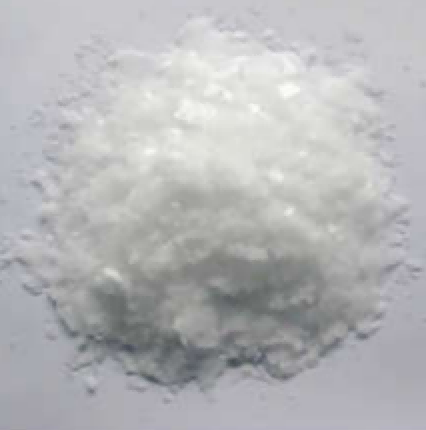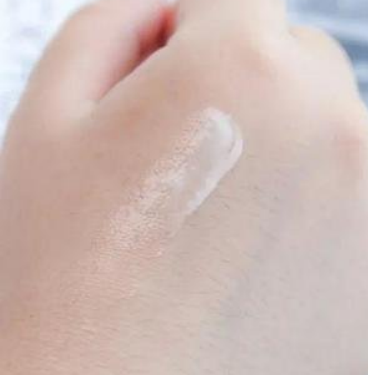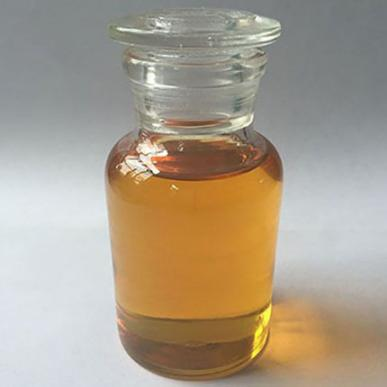1. Introduction
In the past 48 hours, the European Commission has launched a public consultation on the safety of common anionic surfactants in rinse-off cosmetics, with sodium lauryl sulfate (SLS) under renewed scrutiny. This move follows growing consumer demand for gentler, more sustainable ingredients and reflects a global shift toward sulfate-free personal care products.

Whether you’ve seen ‘SLS-free’ labels on your shampoo or wondered why some soaps foam more than others, chances are you’ve encountered sodium lauryl sulfate—or its close relatives—without even realizing it. Let’s break down what SLS really is, how it works, and why it matters in everything from toothpaste to herbicides.
2. What Is Sodium Lauryl Sulfate?
Sodium lauryl sulfate (SLS), also known as sodium dodecyl sulfate or natrium lauryl sulfate, is a powerful anionic surfactant. The term ‘surfactant’—short for ‘surface-active agent’—refers to compounds that lower surface tension between liquids or between a liquid and a solid. This property allows surfactants to lift dirt, oil, and grime, making them essential in cleaning and foaming products.
Chemically, SLS is derived from lauryl alcohol (often sourced from coconut or palm kernel oil) and sulfuric acid, followed by neutralization with sodium hydroxide. Its molecular structure features a hydrophobic tail and a hydrophilic head, enabling it to interact with both water and oil—a hallmark of effective surfactants.
3. Common Uses of SLS
You’ll find sodium lauryl sulfate in a wide range of everyday products:
- Shampoos and body washes (as a primary foaming agent)
- Toothpastes (for its cleansing and foaming action)
- Laundry detergents and dish soaps
- Industrial cleaners and degreasers
- Surfactant for herbicides and lawn wetting agents (helps active ingredients stick to plant surfaces)
In agriculture, SLS and similar compounds like ammonium lauryl sulfate are used as surfactants for weed killer formulations to improve coverage and absorption. It’s also sold commercially as ‘sodium lauryl sulfate for sale’ by chemical suppliers such as Rohit Surfactants Private Limited.

4. SLS vs. SLES: What’s the Difference?
Many confuse sodium lauryl sulfate (SLS) with sodium laureth sulfate (SLES), also called sodium lauryl ether sulfate or sodium lauryl ether sulphate. While both are anionic surfactants, SLES is ethoxylated—meaning it’s been treated with ethylene oxide—which makes it milder and less irritating than SLS.
SLES (or laureth sulfate) is often paired with amphoteric surfactants like cocamidopropyl betaine (also known as coco betaine, amidopropyl betaine, or coco amido propyl betaine) to further reduce skin irritation while maintaining rich lather. This combo is common in ‘gentle’ shampoos and baby products.
5. Safety and Skin Sensitivity
SLS is effective but can be harsh. It’s known to strip natural oils from skin and hair, potentially causing dryness, irritation, or exacerbating conditions like eczema—especially at high concentrations or with prolonged exposure.
Regulatory bodies like the FDA and EU SCCS consider SLS safe in rinse-off products at typical usage levels (usually 1–15%). However, many consumers now prefer alternatives like sodium cocoyl isethionate, sodium lauroyl sarcosinate, or decyl glucoside—milder, often bio-based surfactants derived from coconut or glucose.
6. Popular SLS Alternatives
As demand for gentler formulas grows, formulators are turning to a variety of non-ionic, amphoteric, and bio surfactants:

- Alkyl polyglucoside and coco glucoside: nonionic surfactants derived from sugar and fatty alcohols
- Sodium cocoyl glutamate and sodium lauroyl methyl isethionate: amino acid-based cleansers
- Sodium coco sulfate: a milder cousin of SLS, often marketed as ‘coco sodium sulfate’
- Polysorbate 80 and Span80: nonionic surfactants used in emulsions
- Pluronic 127 and Poloxamer 188: block copolymer surfactants used in pharmaceuticals
Even in agriculture, lignin sulfonate and methylated seed oil are gaining traction as eco-friendly surfactants for herbicides.
7. Understanding Surfactant Types
Surfactants fall into four main categories based on their charge:
- Anionic (e.g., SLS, sodium dodecylbenzene sulfonate, ammonium dodecyl sulfate): negatively charged, excellent cleaners and foaming agents
- Cationic (e.g., cetyl trimethyl ammonium bromide or CTAB): positively charged, used in conditioners and antimicrobials
- Non-ionic (e.g., ethoxylated alcohol, decyl glucoside): no charge, mild and stable
- Amphoteric (e.g., cocamidopropyl betaine): charge changes with pH, very gentle
Note: ‘Anionic and cationic’ surfactants generally don’t mix well—they can neutralize each other. That’s why most shampoos avoid combining them directly.
8. SLS in Industrial and Specialty Applications
Beyond personal care, SLS appears in labs as a denaturing agent (e.g., in SDS-PAGE gels) and in niche applications like nanoparticle synthesis—sometimes alongside compounds like copper 1 bromide. It’s also used with sodium deoxycholate or sodium oleate in biochemical protocols.
Fluoro surfactants, though unrelated to SLS, serve specialized roles in firefighting and coatings due to their extreme stability—but raise environmental concerns.
9. The Rise of Bio Surfactants
With sustainability in focus, bio surfactants like rhamnolipids and sophorolipids are emerging. These are produced by microbes and offer biodegradability and low toxicity—ideal for ‘green’ herbicides and cosmetics.
Companies are also reformulating wetting agents for grass and lawn care using plant-derived surfactants instead of traditional sulfates.
10. Conclusion
Sodium lauryl sulfate remains one of the most widely used surfactants thanks to its effectiveness and low cost. However, as consumer awareness grows and regulations evolve, the market is shifting toward milder, more sustainable alternatives. Whether you’re choosing a shampoo or a weed killer, understanding the meaning of surfactant—and the differences between SLS, SLES, and newer options—empowers you to make informed decisions.
Our Website founded on October 17, 2012, is a high-tech enterprise committed to the research and development, production, processing, sales and technical services of ceramic relative materials such as 10. Our products includes but not limited to Boron Carbide Ceramic Products, Boron Nitride Ceramic Products, Silicon Carbide Ceramic Products, Silicon Nitride Ceramic Products, Zirconium Dioxide Ceramic Products, etc. If you are interested, please feel free to contact us.


